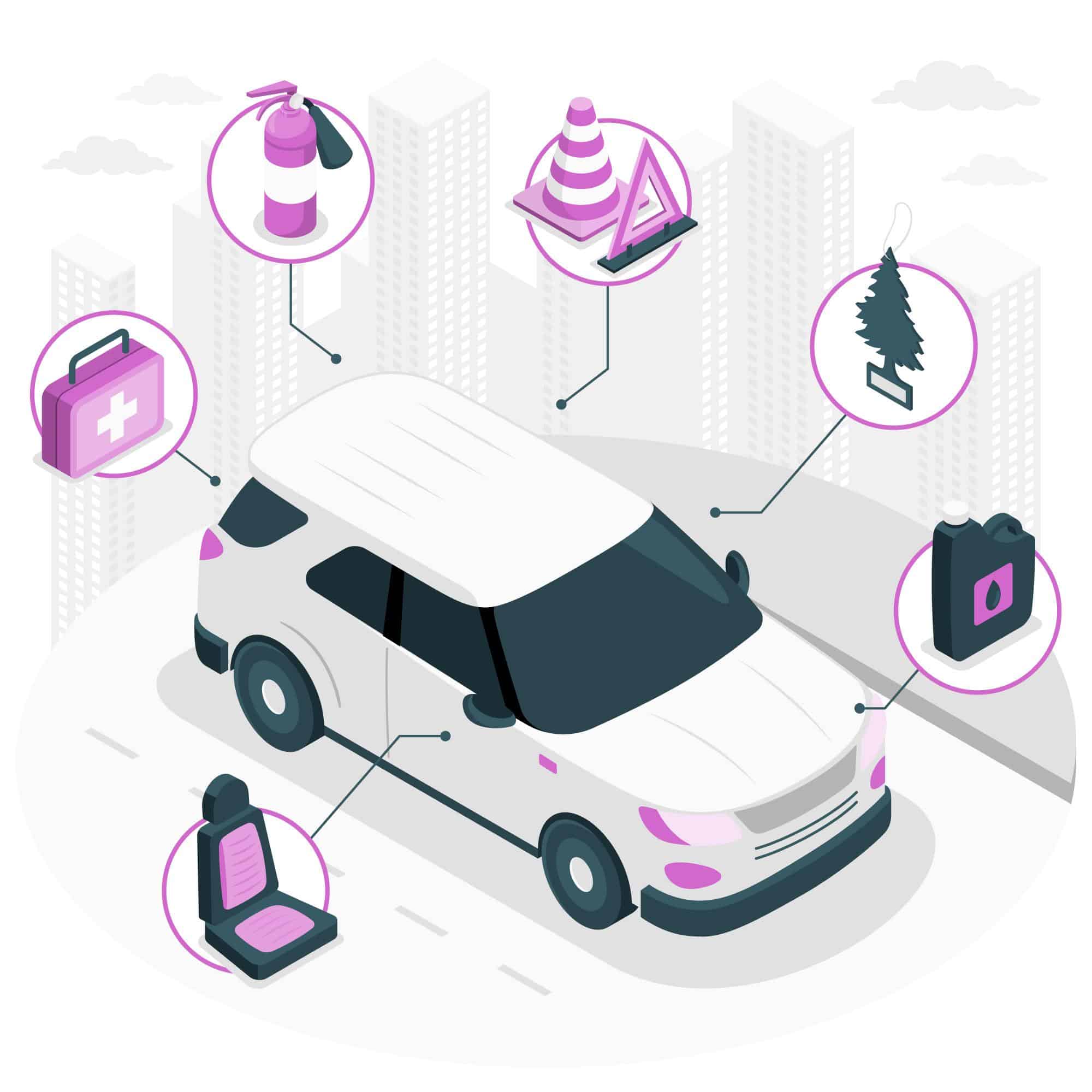Related Resources
The Development of Autonomous Vehicles
The development of autonomous vehicles (AVs) has rapidly progressed over the past decade, driven by advances in artificial intelligence, sensors, and machine learning. Tech giants and automotive manufacturers alike have invested heavily in AV research, resulting in prototypes and, in some cases, commercially available self-driving cars. These vehicles leverage complex algorithms, high-definition maps, and an array of sensors, including LIDAR and cameras, to navigate environments autonomously, making real-time decisions without human intervention.
Impact on Transportation Efficiency
The integration of autonomous vehicles into our transportation systems promises significant improvements in efficiency. AVs are designed to optimize driving patterns, reduce congestion, and improve fuel efficiency. They communicate with each other through vehicle-to-vehicle (V2V) technology, enabling coordinated traffic flow and reducing the occurrence of traffic jams. Moreover, autonomous logistics and delivery services can streamline supply chains, reduce delivery times, and lower operational costs for businesses.
Enhancing Safety on the Roads
As AVs become more widespread, it’s anticipated that the number of traffic-related injuries and fatalities will decrease significantly.
Autonomous vehicles hold the potential to drastically enhance road safety. Human error accounts for the majority of traffic accidents, and AVs can mitigate this risk by adhering to traffic laws and reacting swiftly to potential hazards. Advanced safety features, such as automated emergency braking and collision avoidance systems, further enhance the safety profile of AVs. As these vehicles become more widespread, it’s anticipated that the number of traffic-related injuries and fatalities will decrease significantly.
Societal and Economic Implications
The rise of autonomous vehicles is set to bring about profound societal and economic changes. On one hand, AVs could provide greater mobility for the elderly and disabled, offering newfound independence. On the other hand, there may be challenges related to job displacement in sectors such as trucking and taxi services. It will be crucial for policymakers to address these issues by fostering a transition that maximizes the benefits while mitigating the drawbacks.
Legal and Ethical Considerations
As autonomous vehicles become more prevalent, legal and ethical considerations must be addressed. Questions about liability in the event of an accident, data privacy, and ethical decision-making in unavoidable crash scenarios need to be answered. Governments and regulatory bodies worldwide are working on frameworks to ensure the safe and ethical deployment of AVs, balancing innovation with public safety.
Summary
Autonomous vehicles are poised to revolutionize the future of transportation, offering enhanced efficiency, safety, and mobility. Their development and integration into existing systems present both opportunities and challenges that must be navigated carefully. By addressing the technical, societal, and regulatory aspects of AV deployment, we can unlock their full potential and pave the way for a safer, more efficient transportation landscape.





